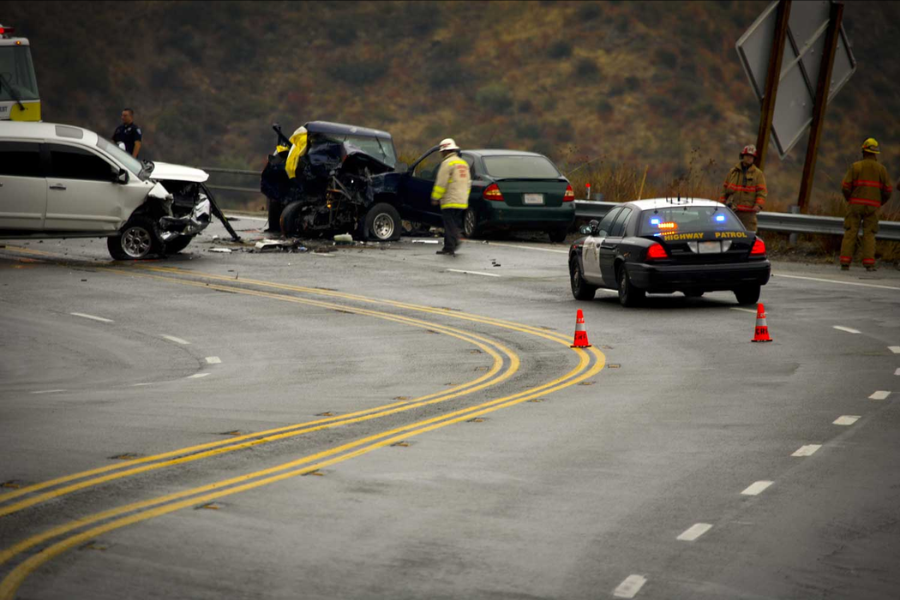Understanding who’s at fault in a car accident can be daunting, but it’s crucial for resolving claims and ensuring fair compensation. This guide simplifies the complexities of liability in car accidents, offering practical advice and real-life examples. Whether you’re a driver, passenger, or pedestrian, having a grasp on how fault is determined can protect your rights and interests. As we delve into the aftermath of an accident, the role of negligence, and applicable laws, we aim to equip you with the knowledge to navigate these challenging situations—especially if you need to consult with car accident lawyers in Houston.
The Role of Negligence in Determining Fault
Negligence is a critical factor in fault determination. Essentially, it refers to the failure to exercise reasonable care, resulting in damage or harm to another party. To establish negligence, here are the elements that must be proven:
- Duty of Care: The driver is responsible for operating their vehicle safely.
- Breach of Duty: The driver failed to uphold this duty through their actions or inactions.
- Causation: The breach of duty caused the accident.
- Damages: This led to actual harm or losses.
An example of negligence might include a driver running a red light or texting while driving. When such actions lead to a collision, the negligent driver is typically liable for the damages.
Common Factors Considered in Fault Determination
Several factors are checked when determining fault in a car accident. These can include:
- Traffic Violations: Breaking traffic laws, such as speeding or failing to yield, often indicates a fault.
- Eyewitness Testimony: Statements from witnesses can provide insights into the events.
- Police Reports: Law enforcement officials document their observations and may assign fault based on their findings.
- Accident Scene Evidence: Skid marks, vehicle damage, and road conditions can help reconstruct the accident.
Comparative and Contributory Negligence Laws
Different states have varying laws regarding negligence, affecting how fault is determined and compensation is awarded. The two main types are comparative negligence and contributory negligence.
Comparative Negligence
In states with comparative negligence laws, the fault is distributed among all parties involved in the accident. There are two types:
- Pure Comparative Negligence: It allows the damaged party to recover compensation, though their percentage of fault reduces their recovery.
- Modified Comparative Negligence: Limits recovery if the damaged party is found to be more than 50% at fault.
Contributory Negligence
Contributory negligence laws are stricter. If the damaged party is found to be even 1% at fault, they cannot recover compensation. Due to its harshness, few states follow this doctrine. Understanding the negligence laws in your state is vital for assessing your chances of recovery following an accident.
How Liability Insurance Affects Claims
Liability insurance plays a significant role in car accident claims. It covers the cost of damages and injuries resulting from an accident for which the policyholder is at fault. Here’s how it works:
- Bodily Injury Liability: It covers the injured party’s medical expenses, lost wages, and related things.
- Property Damage Liability: Covers repair costs for the other party’s vehicle or property.
Having adequate liability insurance ensures that you can cover the costs of damages if found at fault. Conversely, if the other party is liable, their insurance should compensate you. It’s essential to understand your policy limits and ensure they meet the requirements in your state. This knowledge helps you avoid out-of-pocket expenses in the event of a serious accident.
Steps to Take After an Accident
Protecting your rights involves several crucial steps. Acting quickly and wisely can make all the difference in the outcome of your claim.
- Stay Calm and Check for Injuries: Ensure everyone’s safety and call emergency services if needed.
- Document the Scene: Take photos of everything in the scene. This evidence can be pivotal in determining fault.
- Exchange Information: Gather contact details, insurance information, and license plate numbers from all parties involved.
- Report the Accident: File a report from the insurance company and notify them immediately.
- Seek Medical Attention: Even if injuries are minimal initially, getting a medical evaluation is essential. Some injuries may not be immediately apparent.
- Consult with a Lawyer: If the accident involves significant damages or disputes, seeking legal advice from car accident lawyers in Houston can help protect your interests.
Final Thoughts
Understanding car accident faults is essential for protecting your rights and securing fair compensation. By learning about negligence, the factors that influence fault determination, and the relevant laws, you can navigate the complexities of car accident claims more effectively. Being proactive after an accident—documenting the scene, gathering evidence, and seeking legal advice from car accident lawyers in Houston—can significantly influence your case’s outcome.
Keep an eye for more news & updates on VentsBreaking!

